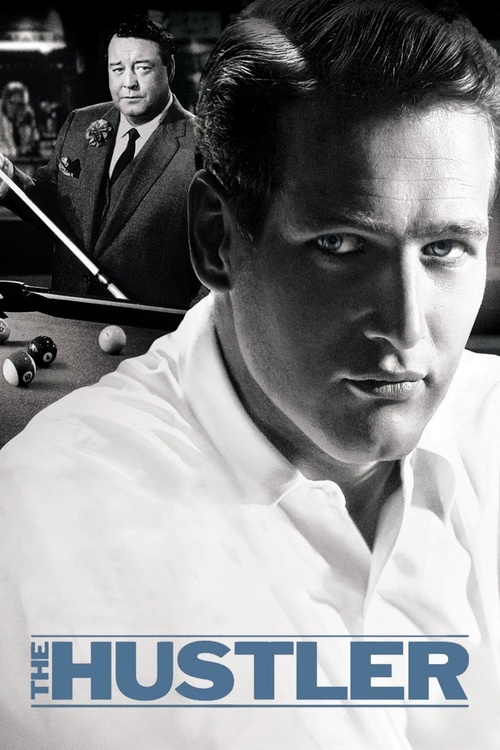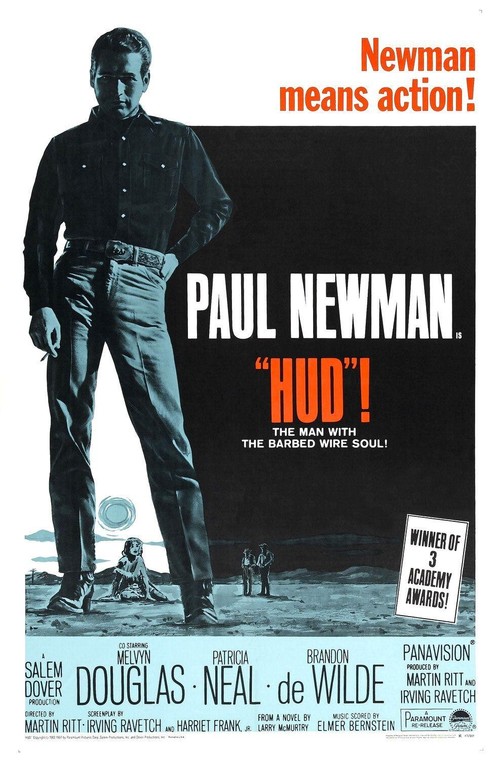
Looking back at his career, it is tempting to focus solely on those piercing blue eyes. There wasn’t a pair to match them in a business where eyes are the primary means of expression, and Newman’s continue to shine, years after his passing, with an illuminating brilliance.
But of course, Newman’s iconic power lies in the fact that he never rested on his looks, instead using the intelligence behind those eyes to create a catalogue of classic film roles, a successful business empire, and a lasting philanthropic legacy. In fact, it could be said that he successfully broke out of the prison of his handsome face, to reveal the complex, yet fundamentally decent, person within.
Born in an upscale neighborhood of Shaker Heights, Ohio, Newman found his gift for acting in childhood and pursued it right through his service as a WWII airman. Ironically, when it was discovered that those startlingly blue eyes were in fact color blind, Newman was benched for a time from combat, eventually becoming a radio operator.
Five decades later, Newman would become so well known for his work outside of acting, primarily via his “Newman’s Own” line of foods, that some needed reminding that his path to fame began on small stages studying acting, first at the Yale School of Drama, and then with the father of method acting, Lee Strasberg, at the Actors Studio in New York.
From those stages, where his classmates included Marlon Brando, James Dean, and Karl Malden, emerged an actor with his own brand of integrity, whose characters reflected his rebellious spirit, but also his sense of justice and fairness. Strasberg once commented that Newman could have been as great an actor as Brando if he hadn’t been so handsome.
But would his sense of humor have been as delightful and unexpected? In much the same way that George Clooney uses mischievous humor as a foil for his looks, Newman used his to cut against the grain of a masculine beauty so strong that it could have become a barrier between him and the audience. He would never allow that to happen.
Throughout his long career, Newman stretched his range, but always returned to the wry, funny, relaxed persona that defined his public persona. I’d suggest his unique brand of charm was best showcased in two particular films: “Butch Cassidy and the Sundance Kid” (1969), and “The Sting,” (1973). The humor shows up in his eyes, and while blue eyes are often called “steely,” Newman’s were perennially friendly, with a glint of the bad boy sparkling in the corner.
He knew exactly what he was doing, always, and could not help but bring a bit of the imp to any role that wasn’t intentionally downbeat. For example, when the first cut of “Butch Cassidy” was completed, it was deemed “too funny” and had to be re-cut. Most filmmakers would relish having that as a problem!
Naturally, Newman knew just how potent his eyes were, saying once that he could envision his epitaph: “Here lies Paul Newman, who died a failure because his eyes turned brown.” That is the ultimate joke. The eyes are the window to the soul, and while this pair may have been more clear, more blue, more bright than any other on film, ultimately it’s the way they speak to us, and the understanding and sympathy they convey, that make them (and him) so beautiful.









